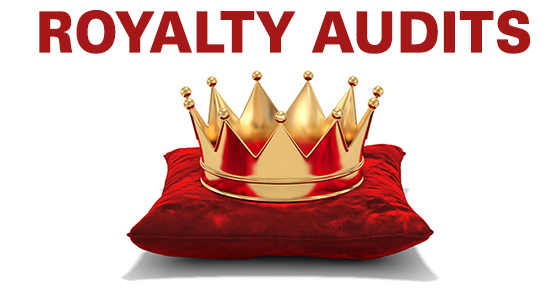Companies often grant licenses to others allowing them to use intellectual property — such as a patent or proprietary computer code — in exchange for royalties. Licensors can hire an external audit firm to ensure the licensee pays the correct royalty rate and amount. Here’s how the audit process works.
The agreement
The parties’ attorneys usually create a royalty agreement that governs the use of the intellectual property. This legal contract between the licensor and licensee details the terms of the arrangement. It spells out how the licensee may use the asset, the duration of the license and how much the licensee agrees to pay the licensor in royalties for the right to use the asset.
Unfortunately, royalty payments sometimes fall short of the agreed-upon amount. This may be due to a clerical error, confusion regarding the agreement’s terms — or even fraud. To detect and deter shortfalls, most contracts include a “right-to-audit” clause, meaning that the licensor retains the legal right to hire an outside firm to audit the licensee’s payments to confirm compliance with the terms detailed in the agreement.
The auditor’s role
When auditing royalty agreements, CPAs typically perform the following six steps:
1. Review the agreement to understand its scope, including the asset under license, the duration of the contract, prohibited uses and the royalty rate.
2. Analyze sales data used to derive royalty payments to date. Depending on the type of asset under license, the audit team may request production and inventory records.
3. Perform a detailed walk-through of the process the licensee follows to identify, track and report sales subject to a royalty payment.
4. Conduct random sampling of sales data to ensure the licensee applies the correct rate to generate the royalty payment.
5. Review sales and royalty payment trends to confirm that the licensee’s sales align with the royalty payments.
6. Gather individual invoices from key customers to locate and confirm that sales transactions subject to royalties actually generated a royalty payment.
Usually, the licensor assumes the cost of the royalty audit. However, some agreements include a clause that requires the licensee to assume responsibility for the cost of the audit if the audit uncovers underpayment of royalties by a certain margin.
Keep licensees on their toes
Most licensing arrangements function without a hitch. But a minor error or oversight could result in a significant shortfall in royalty payments. Periodic royalty audits can prevent small, but honest, mistakes from spiraling out of control — and help reduce the temptation for dishonest licensees to commit fraud. Contact us to discuss the benefits of auditing your royalty agreements.
© 2018





